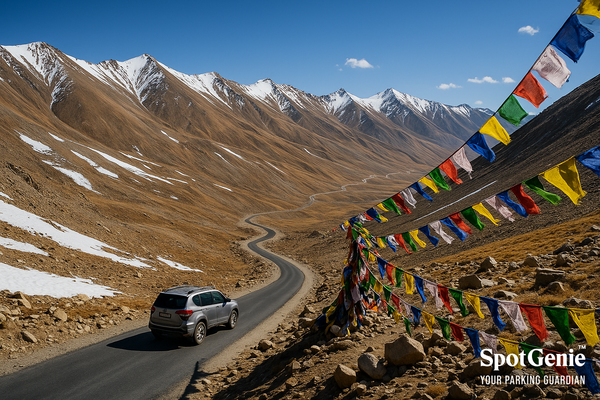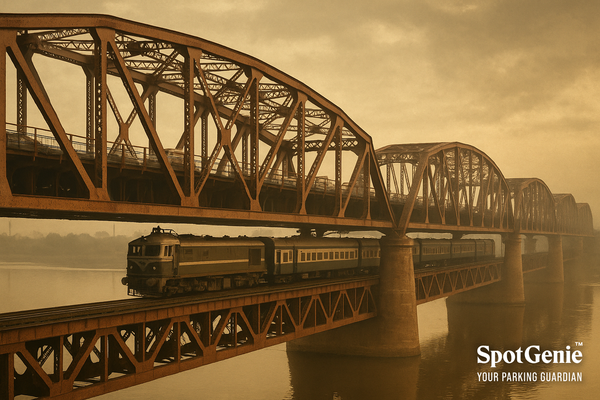Why Do Indian Roads Have Black & White Stripes on the Sides?
Ever noticed black and white stripes along Indian roads? Learn the surprising reason behind this design choice and how it improves visibility and safety.

Ever noticed black and white stripes along Indian roads? Learn the surprising reason behind this design choice and how it improves visibility and safety.
🧠 Did You Know?
Those black and white stripes painted on the sides of many Indian roads and medians aren’t just for aesthetics. They’re a low-cost, high-impact traffic engineering solution aimed at improving visibility, safety, and driver alertness.
This pattern is often referred to as “zebra marking” or contrast banding, and it plays a big role in how drivers perceive the road, especially during low-light conditions.
🛣️ Here’s What They Do:
- Increase Visibility: The alternating black and white stripes are highly reflective, especially under headlights, making the edge of the road or divider stand out in the dark or rain.
- Guide Drivers: On curves or poorly lit roads, these stripes act as a visual guide to help drivers maintain their lane.
- Psychological Impact: The pattern grabs attention and encourages defensive driving behavior by alerting drivers to changes or hazards ahead.
📍 Where You'll Commonly See Them
- On road dividers (medians)
- Along the edges of highways
- At roundabouts and junction islands
- Near school zones and sensitive crossings
Even without digital sensors or smart tech, this is a prime example of visual urban planning at work.
🧞♂️ SpotGenie:
Just like black-and-white stripes guide drivers visually, SpotGenie QR tags guide urban drivers socially.
If your parked vehicle blocks visibility near such areas, someone can scan the tag and notify you instantly.
✔️ Let design help the city
✔️ Let SpotGenie help you park smarter
✔️ Be seen and reachable, the modern way
Have a question or feedback?
Message us on WhatsApp or visit www.spotgenie.in
Follow us on:
🅾 Instagram | ⓕ Facebook | 𝕏 x.com | ▶️ @SpotGenie_YT | 🌐 spotgenie.in



